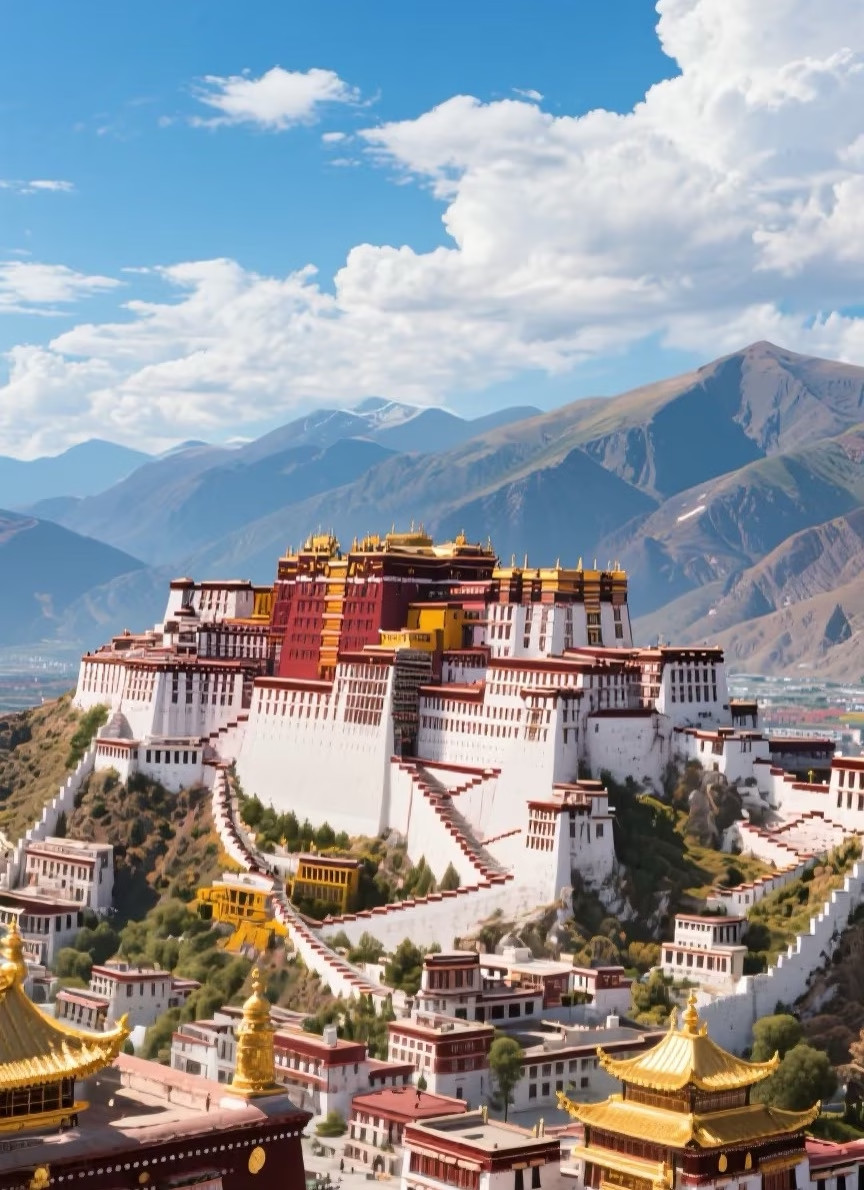Lhasa Travel Guide: Top Attractions, Food, Transportation & Tips
Introduction / Reasons for Recommendation
Lhasa, known as the “City of Sunshine”, is famous for its unique Tibetan Buddhism culture, the magnificent Potala Palace, and the devout religious atmosphere. Coming here, you can not only enjoy the natural scenery of snow-capped mountains and holy lakes but also feel a peace and shock that touches the soul. It is a “must-visit in a lifetime” sacred place in the hearts of countless people.
Transportation to Lhasa
- By Air: Lhasa Gongga Airport is the main aviation hub, connecting major cities in China. From the airport, you can take an airport bus (about 30 yuan per person) or a taxi (about 50 minutes) to the urban area.
- By Train: The Qinghai-Tibet Railway is a unique way to experience the plateau scenery, with magnificent views along the way. After arriving at Lhasa Railway Station, you can easily go to the urban area.
Intra-city Transportation in Lhasa
- Taxi: Taking a taxi in the urban area is convenient and one of the main ways to travel.
- Bus: Lhasa’s bus routes cover major attractions and areas, with affordable prices.
- Car Rental: If you plan to visit distant attractions such as Yamdrok Lake (羊卓雍措) and Namtso Lake (纳木错), car rental is a good choice. However, you must choose registered vehicles from formal rental companies and avoid renting private cars.
Must-Visit Attractions in Lhasa
1. Potala Palace 布达拉宫
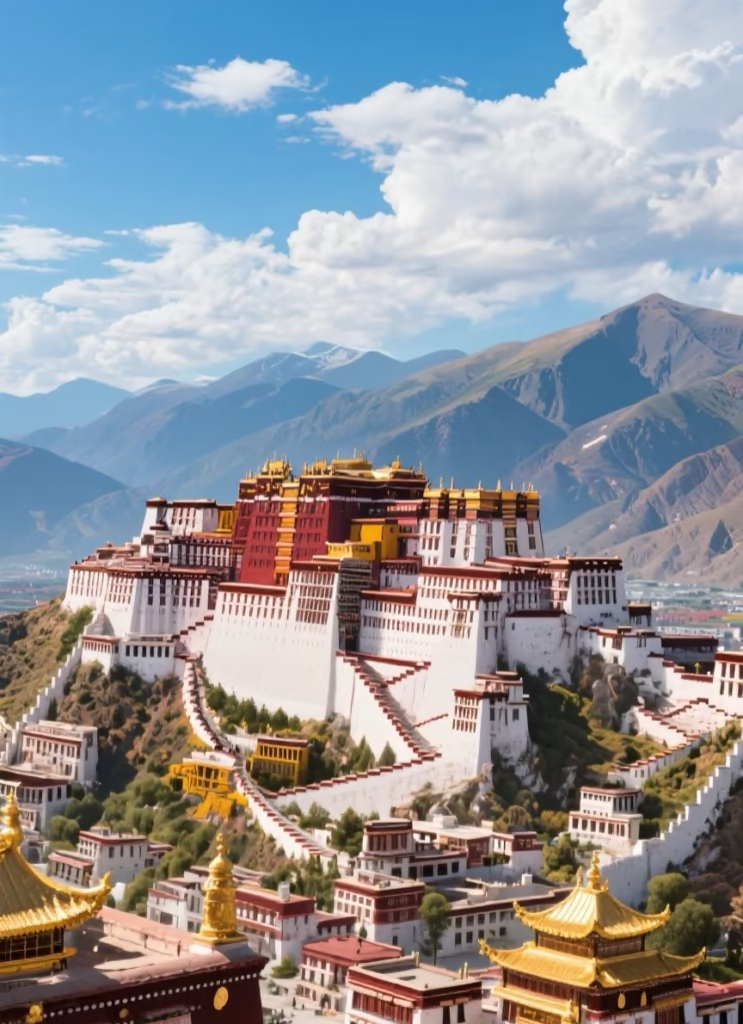
It is the symbol of Lhasa and a World Cultural Heritage. The interior houses a large number of precious cultural relics and murals, allowing you to feel the solemnity and sacredness of Tibetan Buddhism.
- Price: Ticket 200 yuan (reservation required in advance)
- Opening Time: 9:00-16:00
2. Jokhang Temple 大昭寺
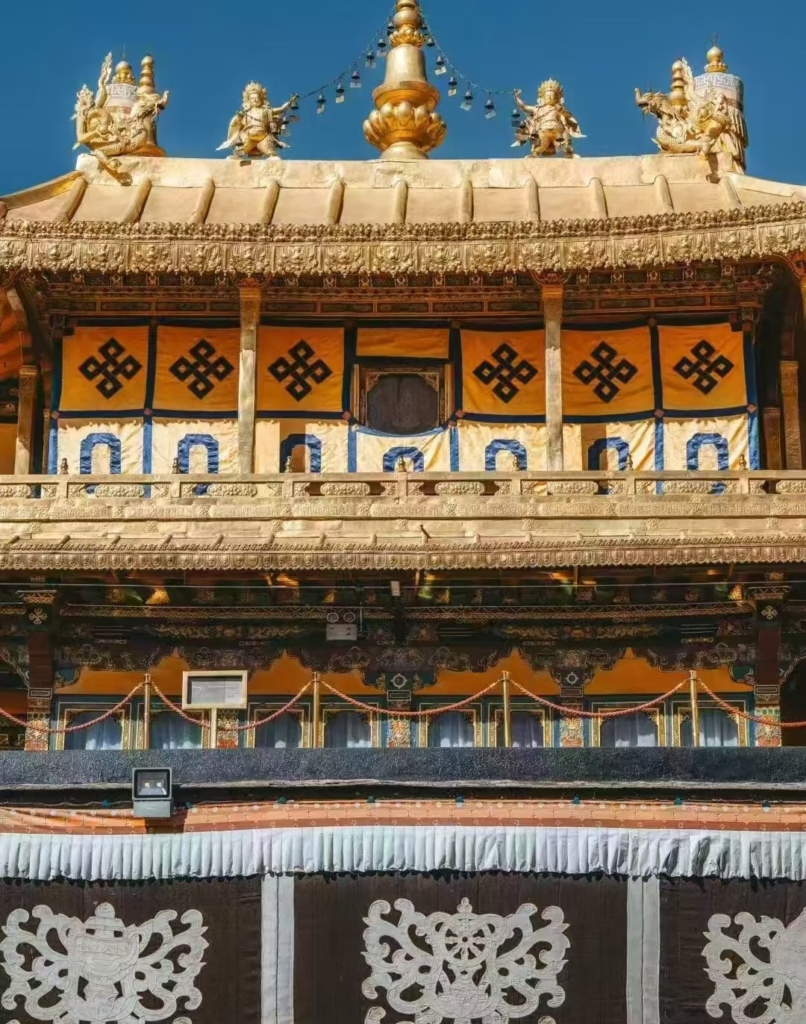
It is a sacred site of Tibetan Buddhism, enshrining the 12-year-old statue of Sakyamuni. Outside the temple, there are believers who kowtow all day long, and the power of faith is fully reflected here.
- Price: Ticket 85 yuan
- Opening Time: 8:30-18:30
3. Barkhor Street 八廓街
It is a pilgrimage route and commercial street surrounding Jokhang Temple, full of strong Tibetan style. You can buy characteristic handicrafts, Thangka paintings here, or take a set of Tibetan costume photos.
- Price: Free
- Opening Time: Open 24 hours a day
4. Drepung Monastery 哲蚌寺
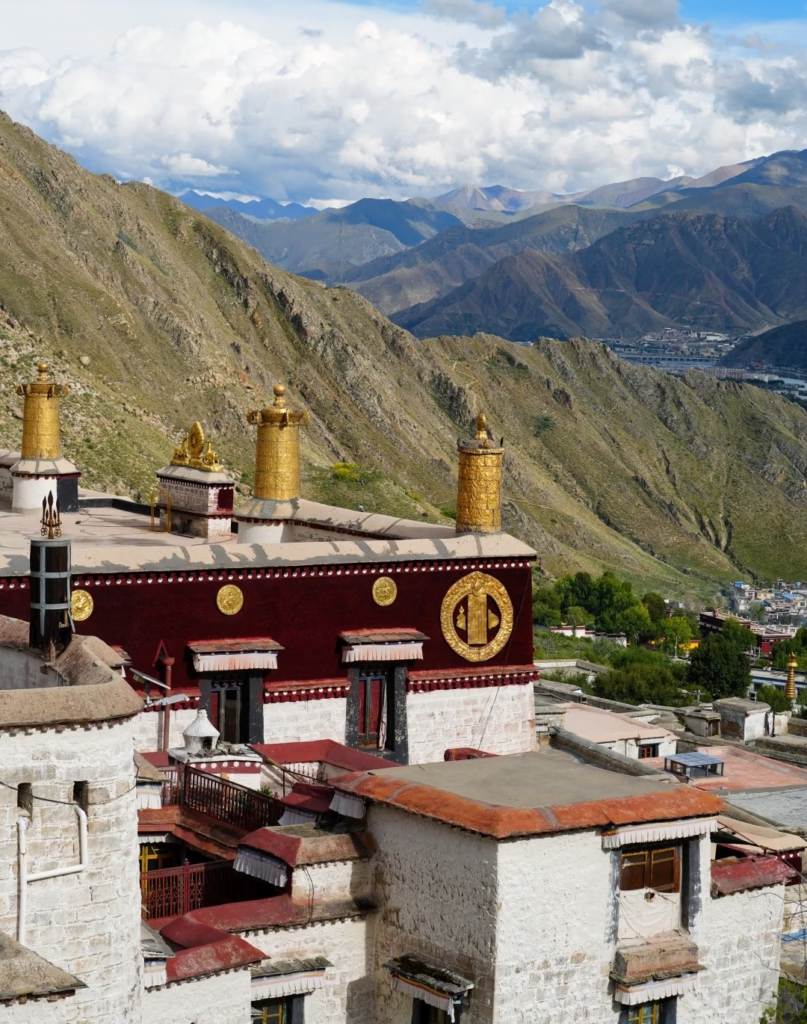
It is the first of the three major monasteries in Lhasa, with white buildings covering the hillside, showing a magnificent momentum. It is a good place to take panoramic photos of Lhasa.
- Price: Ticket 60 yuan
- Opening Time: 9:00-16:00
5. Sera Monastery 色拉寺
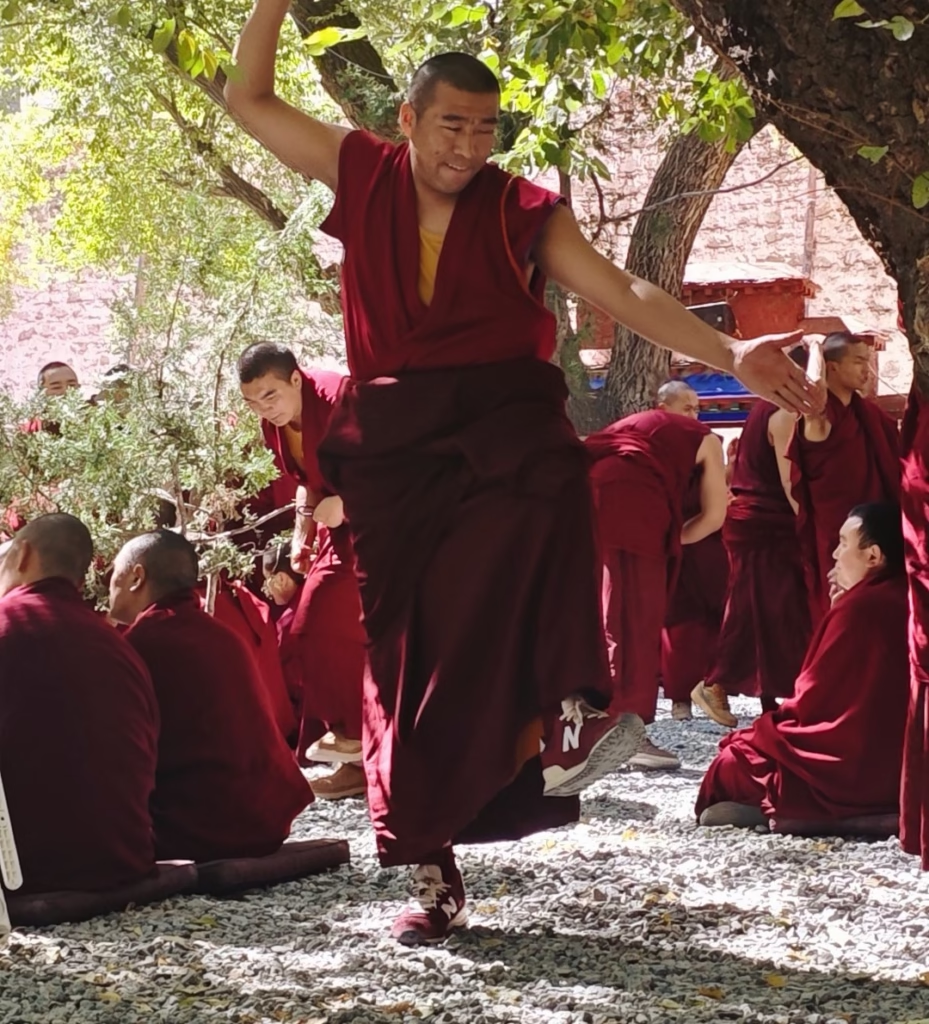
It is famous for scripture debating. Every afternoon (except Sunday), you can see the intense scripture debating scenes of red-robed lamas, which are very ornamental.
- Price: Ticket 50 yuan
- Opening Time: 9:00-16:00
Must-Try Foods in Lhasa
1. Tibetan Noodles 藏面
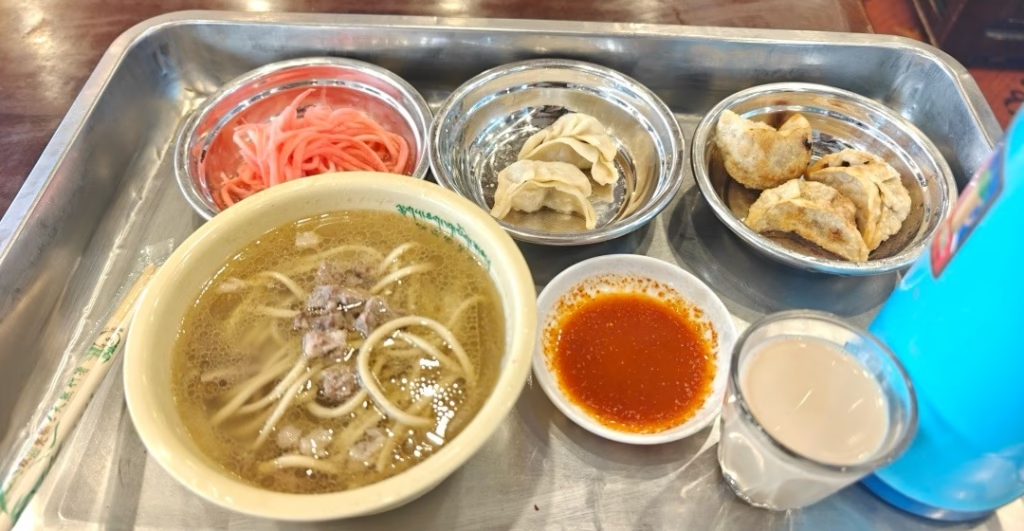
It is thick noodles cooked with yak meat soup, with delicious and fresh soup. It is a common breakfast for Lhasa people, which can quickly replenish energy and help adapt to the plateau.
2. Sweet Tea 甜茶
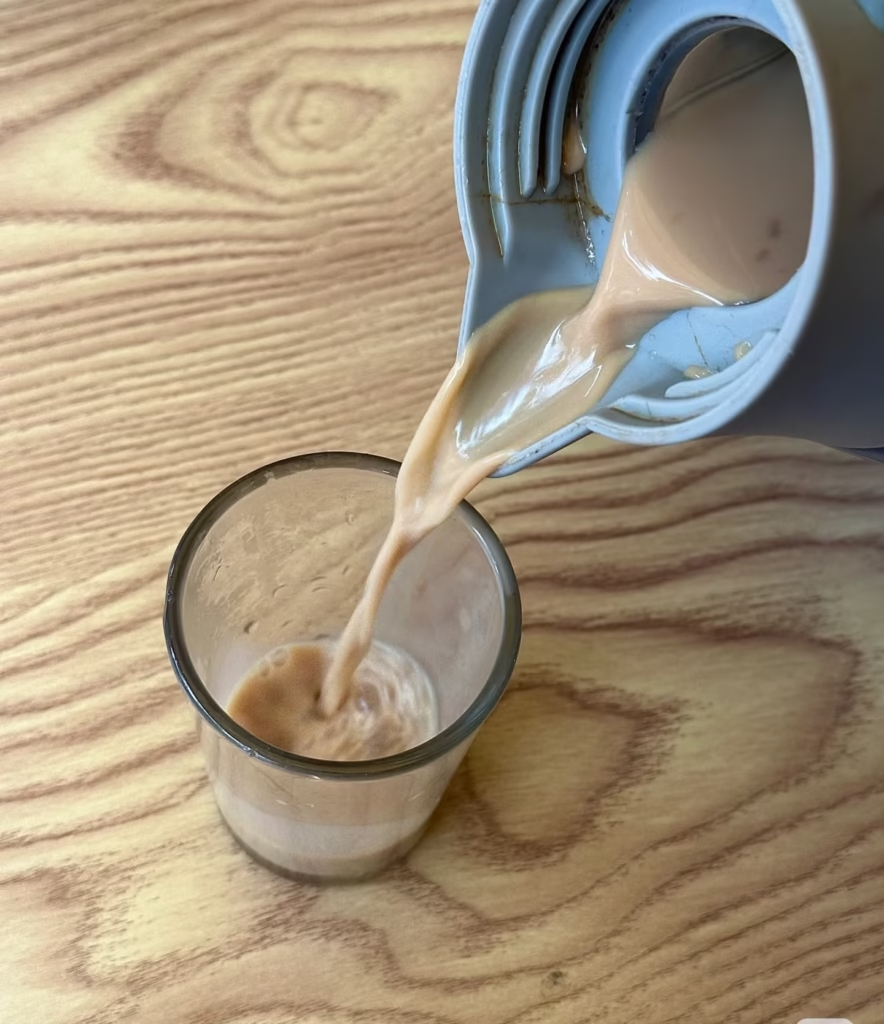
It is similar to milk tea with rich milk flavor. It is an indispensable drink for experiencing local life and can be drunk in many sweet tea houses.
3. Butter Tea 酥油茶
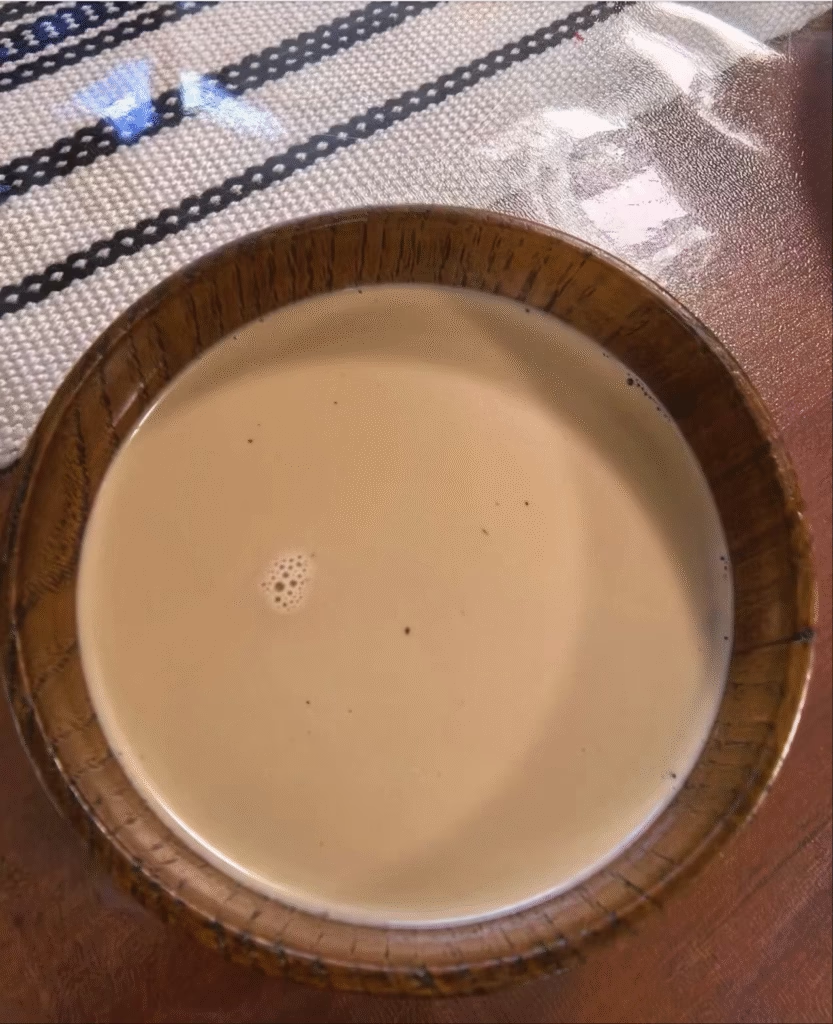
It is made by beating butter and brick tea, and is the main drink of Tibetans. It can replenish energy and help adapt to the plateau.
4. Yak Yogurt 牦牛酸奶
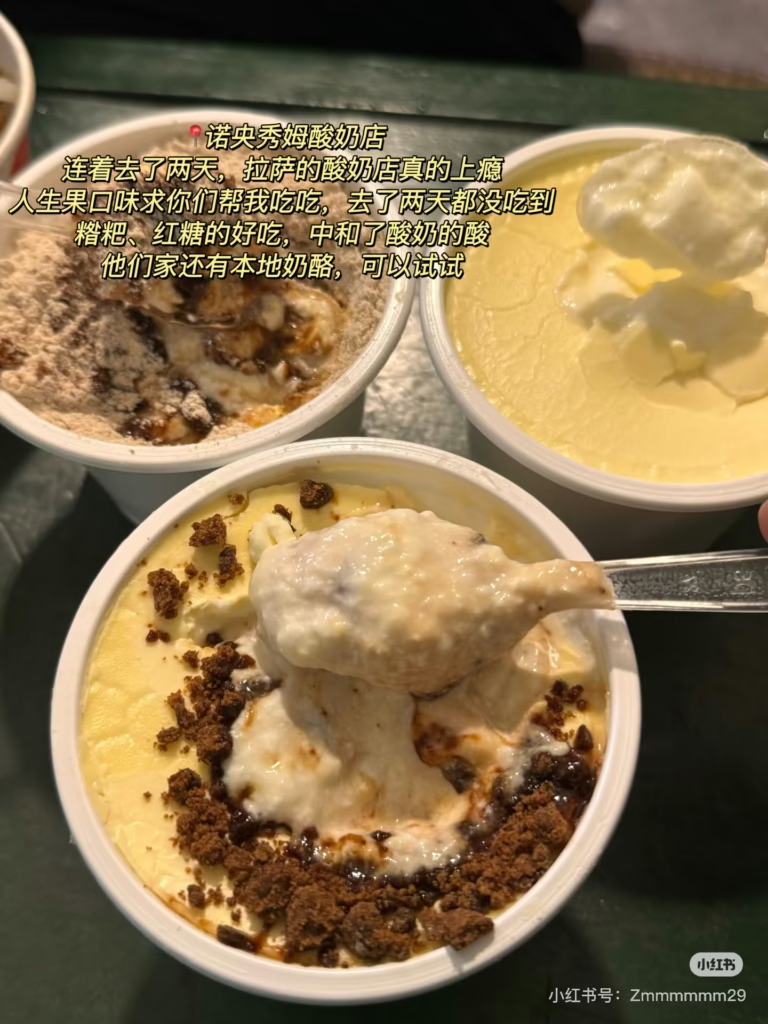
It has a thick texture and moderate sweetness and sourness. It is usually sprinkled with highland barley flour or white sugar and is a characteristic dessert in Lhasa.
5. Stone Pot Chicken 石锅鸡
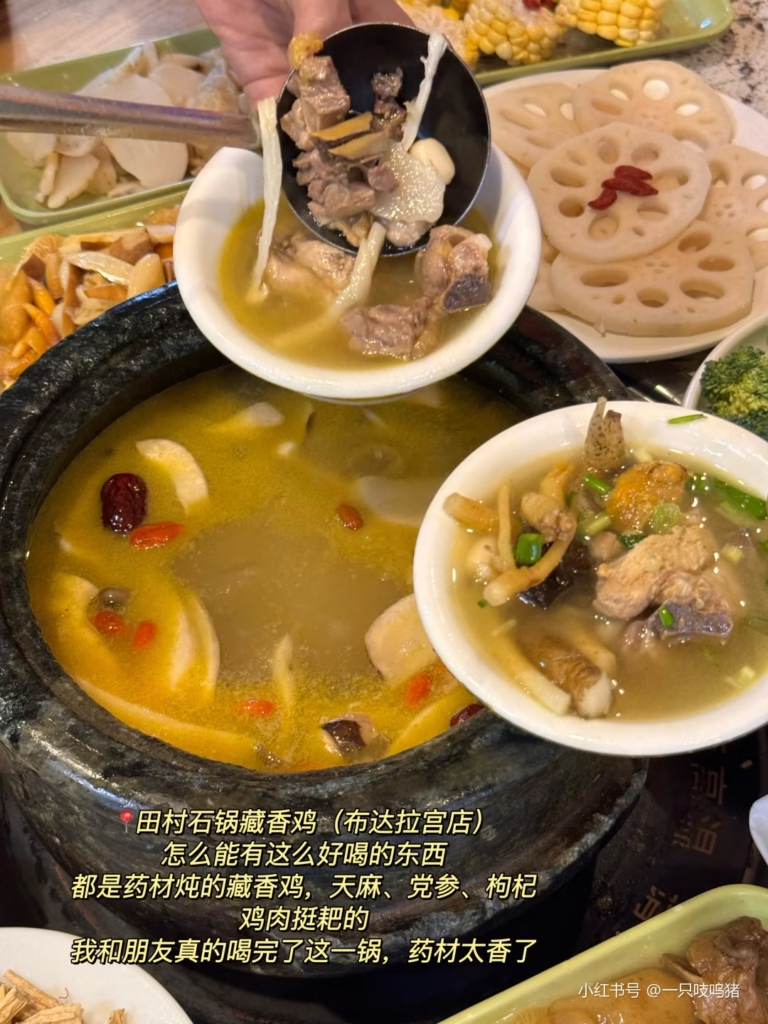
It is Tibetan fragrant chicken stewed in a special stone pot, with delicious soup and tender chicken. It is a characteristic main dish in Lhasa with rich nutrition.
Lhasa Travel Guide (Final Chapter)
Cultural Experiences
- Watch Scripture Debating: Go to Sera Monastery to experience the passionate scripture debating of lamas, which is a unique way to understand Tibetan Buddhist philosophy.
- Pilgrimage Walk (转经): Follow the locals to walk around Barkhor Street or the outer area of Potala Palace for pilgrimage, and experience the devout religious atmosphere.
- Appreciate Thangka Paintings: Appreciate this ancient art painted with mineral pigments in museums or special Thangka shops.
Recommended Accommodation Areas
- Near Potala Palace: You can see the sacred palace when you open the window, and the night view is particularly shocking. Price: 300-1500 yuan per night.
- Inside Barkhor Street: Full of Tibetan style, convenient for shopping and eating. Price: 200-1500 yuan per night.
- Xianzu Island Homestays (仙足岛民宿): Quiet environment and high cost-effectiveness. Price: 150-400 yuan per night.
Precautions
- Prevent Altitude Sickness: When you first arrive in Lhasa, do not do strenuous exercise, do not take a bath, drink plenty of water, and ensure rest. You can prepare some medicines such as Gaoyuan’an (高原安) and Hongjingtian (红景天) in advance.
- Respect Local Customs: When entering temples, you should take off your hat, do not wear short skirts or shorts, do not point at Buddha statues or monks with your fingers, and it is better to get permission before taking photos.
- Sun Protection and Warmth: Lhasa has strong ultraviolet rays and large temperature differences between day and night. Be sure to do a good job of sun protection and bring warm clothes.
- Diet Adaptation: At first, you may not be used to foods such as butter tea and Tibetan noodles, and you can adapt gradually.
Summary
Lhasa is a city that can calm people’s souls. Here, you can not only enjoy the magnificent natural scenery and grand buildings but also feel a spiritual power beyond material things. It is hoped that this guide can help you better plan your itinerary and start an unforgettable trip to the sacred city.

